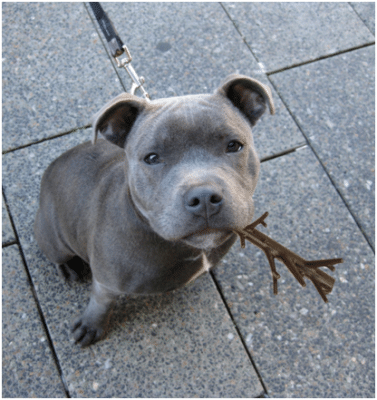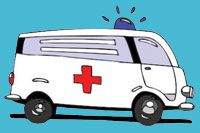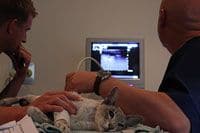Stick Injuries And Pets
Sticks are dangerous and cause a variety of injuries
It is common practice to throw sticks for energetic dogs to catch, chew and play with. Unfortunately, this can cause severe trauma to the mouth, possibly the food pipe and also to the chest. Damage can be immediate (e.g. if the stick tears at the mouth or tongue causing bleeding) or can lead to chronic illness (e.g. from splinters of wood and germs getting stuck in the body leading to severe infection).
 Symptoms
Symptoms
- Excessive drooling – may be bloody
- Difficulty swallowing
- Panting, difficulty breathing
- Decreased appetite
- Swelling in the neck region.
- Fever
Early assessment and treatment of oral stick injuries is of utmost importance to prevent severe life threatening complications, both in the acute (immediate) and chronic (long term) phases.
If your pet has the above signs, or a stick lodged in its throat, seek veterinary attention immediately.
Emergency Treatment before Transport to a Veterinarian
If the stick is lodged in your pets throat/mouth, try to avoid pulling it out unless it is causing distress or breathing problems. Try to keep your pet calm, and transport it to a veterinarian immediately
If the stick is not lodged, collect the pieces and bring them to your veterinarian for inspection – it can give some indication of the severity of injury
What to Expect at the Vet
Oxygen therapy – if your pet is having difficulty breathing
IV fluid therapy – to support blood pressure when blood loss causes shock
Sedation or anaesthesia if indicated – to remove the stick if lodged, assess the extent of the damage (endoscopy may be used for this), and facilitate removal of foreign material
Radiographs (x-rays) – to see if the food pipe or chest is damaged
Surgery may be required to repair severe damage or to retrieve the stick fragments
Intravenous medication – antibiotics and pain relief
Stick injuries can be life threatening if the chest has been penetrated and if the heart or blood vessels have been cut. When stick fragments are left behind they are often difficult to find as they do not show up on radiographs. Often specialised imaging (CT scan or CAT scan) is required to identify fragments and major surgery may be required to remove them.
Prevention
Prevention is the best form of treatment in this circumstance. We do not recommend throwing, playing with, or chewing of sticks due to the severe injuries they can cause. In the long run, it is a lot safer and less costly to purchase toys specifically designed for your pet. Ask your local Vet Clinic or pet store for recommendations.
The cheapest “stick” alternative is a rolled up newspaper that has been taped together.
Heat Stoke – The Symptoms | How to CPR Pets | Help for pets hit by a car

 Symptoms
Symptoms


